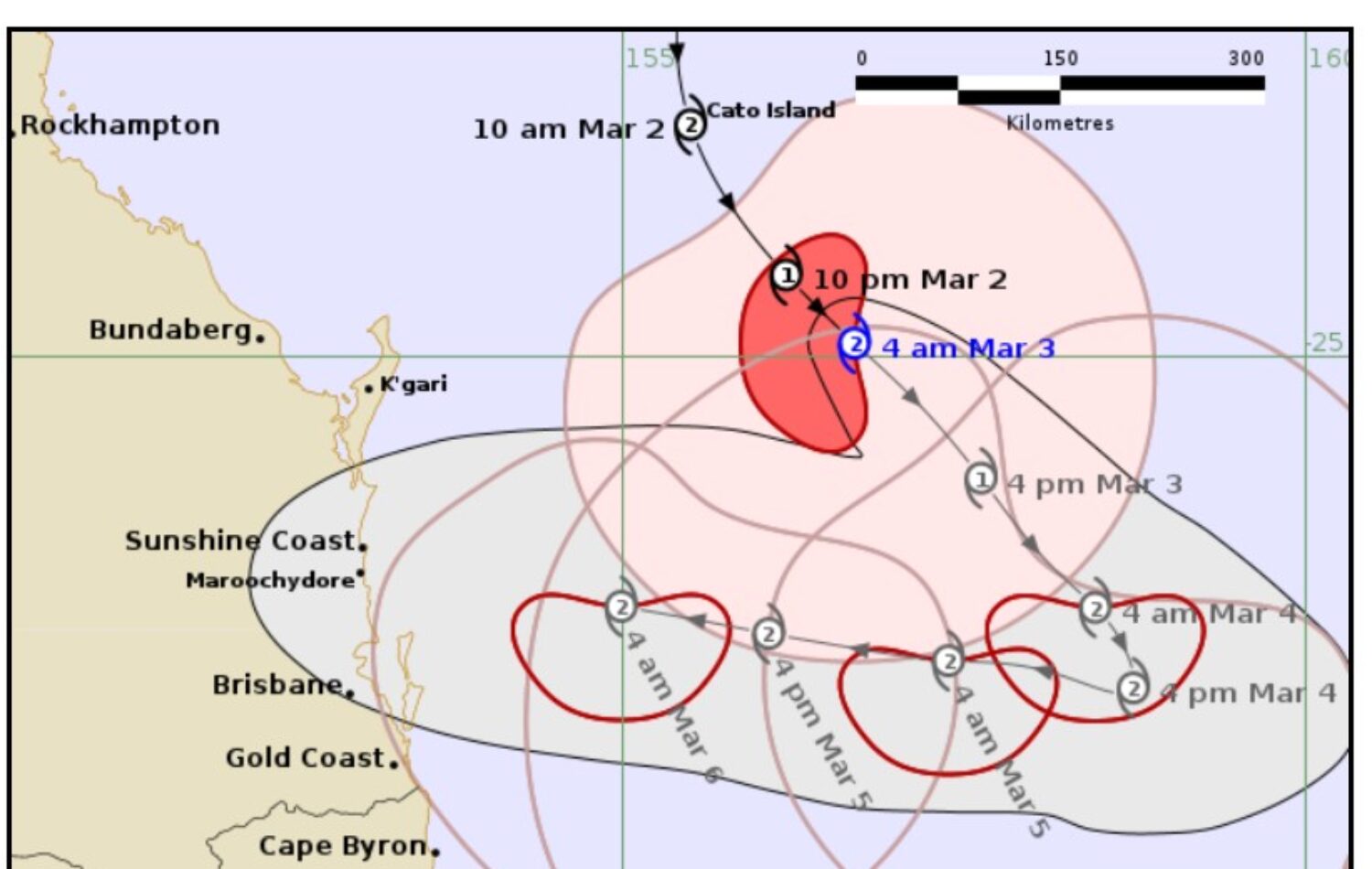Shipping lines around the world are capitalizing on earlier-than-expected peak season momentum by levying seasonal surcharges now on the capacity-constrained trade — and seeking more than double the usual amount.
Ocean carriers began implementing peak season surcharges (PSS) on July 1. All carriers are proceeding with 500USD per TEU (or USD1000 per 40/40HC) in addition to that of ocean base rates. Besides coming early, carriers are also seeking higher PSSs than they have in past years.
In past years, carriers would start with a 100/150USD per TEU in July and raise or lower it in subsequent months based on the strength of the market. This is not a normal PSS environment, and it is In-line with the previous COVID environment. PSSs are charged on all variable and fixed contracts with no exceptions being made in 2024
Importers urged to book shipments earlier than normal
The current tight capacity situation around the world, in which importers are being advised to book their shipments at least 4-6 weeks in advance if they want to secure vessel space instead of the more typical one to two weeks, is challenging but now the normal!
There is no room from Asia, and it is not a matter of money or what you are prepared to pay for ocean freight. There is no room! Capacity in the Asia-US trades is exceptionally tight right now due to a confluence of factors, the main one being the ongoing vessel diversions around southern Africa to avoid Houthi militant attacks in the Red Sea and Gulf of Aden, which is forcing carriers to avoid the Suez Canal.
The much longer route is adding more than 10 days to voyages from Asia to Europe and the US and is absorbing a significant amount of capacity. Also, congestion in Asian ports is adding time to many services from Asia to Europe , USA and Oceania and resulting in blanked sailings as vessel schedules are disrupted. Carriers are moving more vessels into the Asia-Europe trades, where freight rates are higher than in the trans-Pacific and in Oceania and SE Asia!
Helping to tighten capacity, particularly for smaller carriers that don’t have extra ships to spare, is the requirement that carriers drydock vessels for maintenance every five years.
Rates continue to soar due to general rate increases.
All carriers around the world have implemented several general rate increases (GRIs), which are levied on all variable and fixed rates. As with peak season surcharges. There is no consensus at this time as to how long the current situation of tight capacity and elevated freight rates will last.
It’s becoming more obvious due to blank sailings, equipment shortage, red sea diversions and container volumes that there is no sign of letting up, it’s likely that importers will face GRIs and PSSs at least at this time trough to end of November or December!




